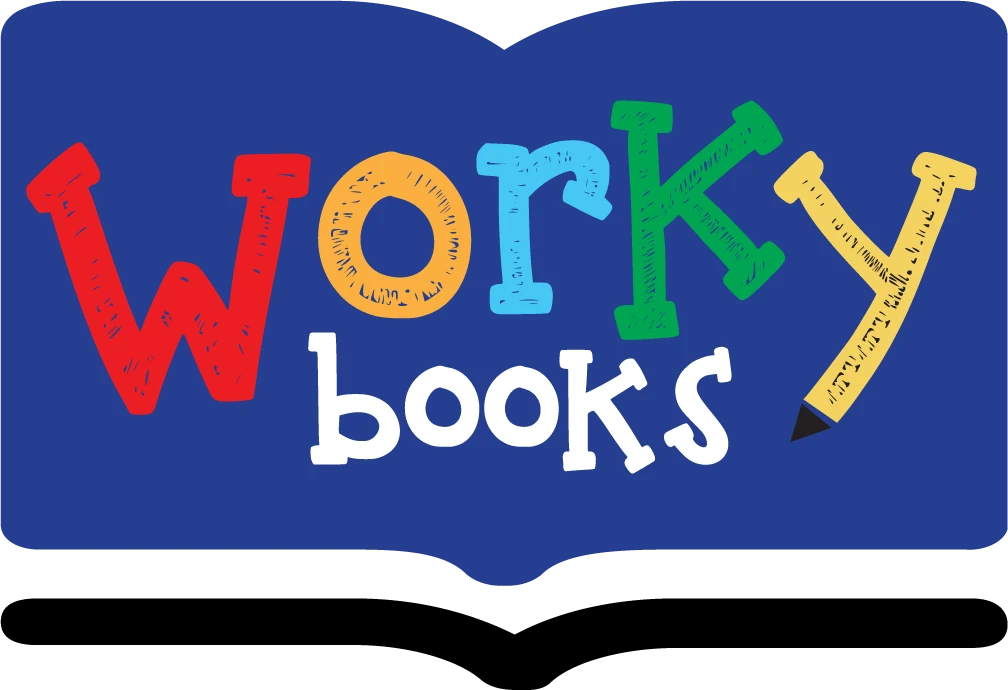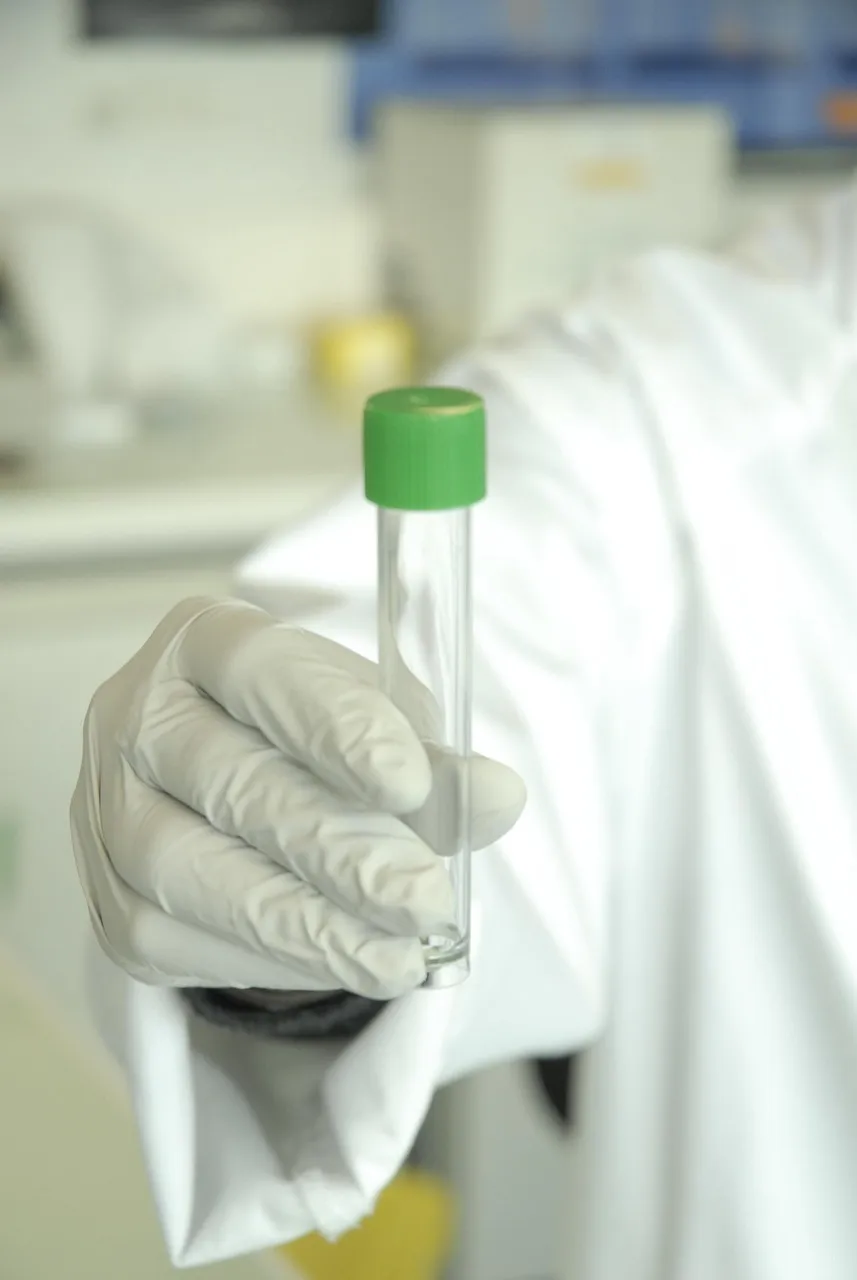The Nature of Science — Reading Comprehension
Premium Resource
Grades
- 5
- 6
- 7
- 8
Standards
- MS-ETS1-4
- MS-PS1-1
- MS-LS1-1
PRINT+DIGITAL RESOURCE
This learning resource is available in interactive and printable formats. The interactive worksheet can be played online and assigned to students. The Printable PDF version can be downloaded and printed for completion by hand.
About This Reader
This passage explores the nature of science for middle school students, aligning with NGSS standards MS-ETS1-4, MS-PS1-1, and MS-LS1-1. Students learn that science is a dynamic process built on evidence, questioning, and the willingness to revise ideas. The passage explains how scientific knowledge evolves, using examples like the development of atomic models and germ theory. It emphasizes the importance of evidence-based inquiry, curiosity, and collaboration in advancing scientific understanding. Students are encouraged to see science as more than just facts—it's a way of thinking and investigating the world. The passage includes a glossary, Spanish translation, a simplified version, comprehension activities, and graphic organizers. Audio integration supports diverse learners. This comprehensive resource helps students understand core principles of the scientific method, the evolution of scientific knowledge, and the real-world impact of science on society and technology.
Perfect For:
👩🏫 Teachers
- • Reading comprehension practice
- • Auto-graded assessments
- • Literacy skill development
👨👩👧👦 Parents
- • Reading practice at home
- • Comprehension improvement
- • Educational reading time
🏠 Homeschoolers
- • Reading curriculum support
- • Independent reading practice
- • Progress monitoring
Reading Features:
📖
Reading Passage
Engaging fiction or nonfiction text
❓
Comprehension Quiz
Auto-graded questions
📊
Instant Feedback
Immediate results and scoring
📄
Printable Version
Download for offline reading
🔊
Read Aloud
Voice-over with word highlighting






















